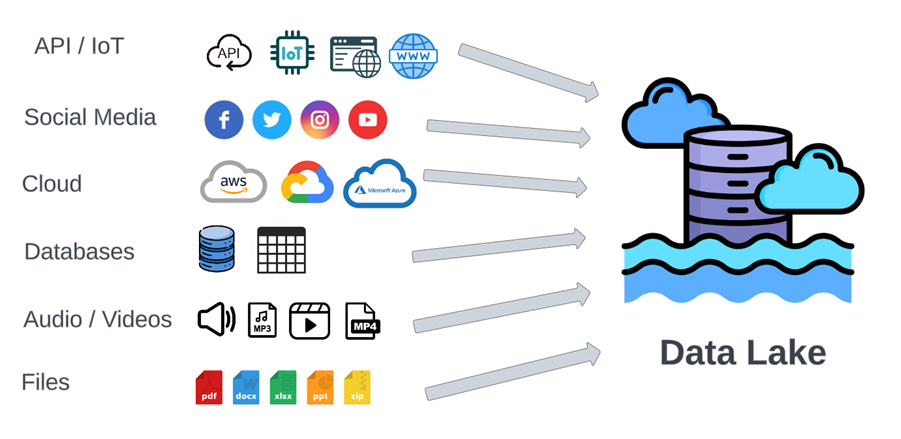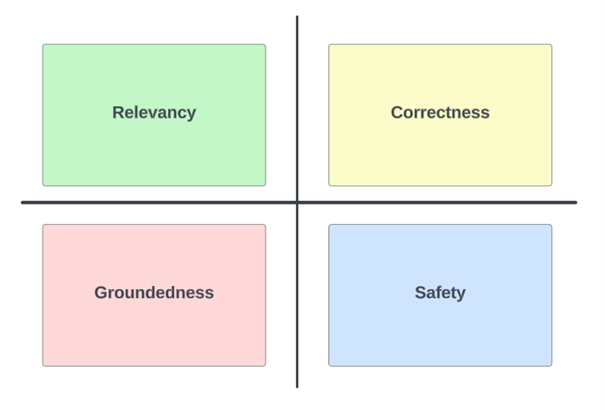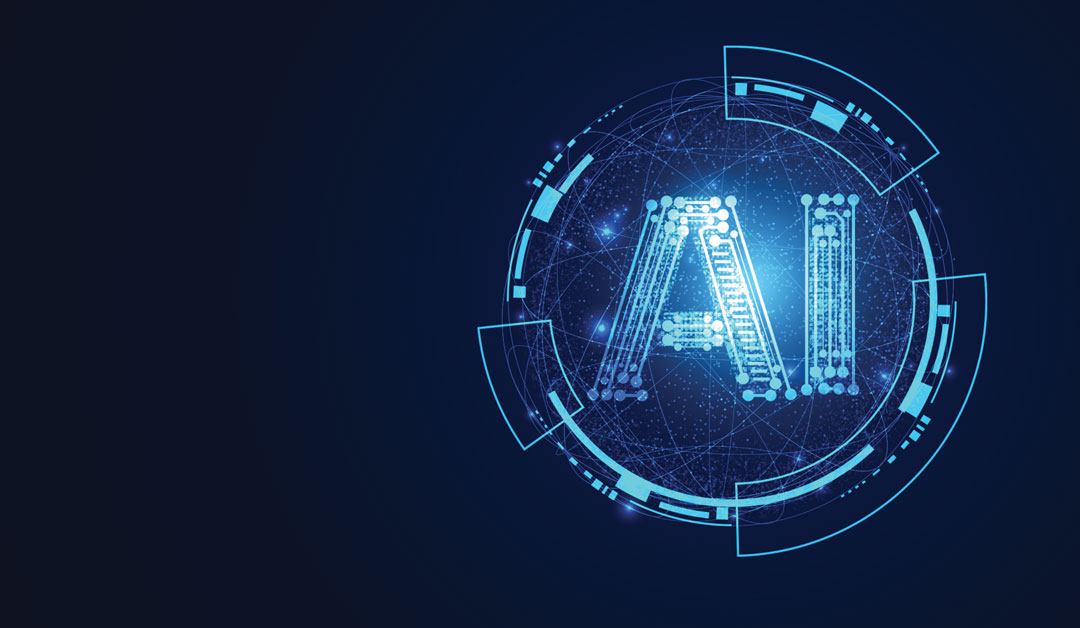As enterprises race to harness the power of Generative AI (Gen AI), they often overlook the key factor; data readiness. While the promise of AI-driven insights, automation, and innovation is attractive, the quality of these outcomes depends on how well-prepared your enterprise data is. To fully unlock Gen AI’s potential—whether it’s for personalised customer interactions, streamlined operations, or valuable insights—your data needs to be well-structured, organised, and accessible.
Getting your data ready for Gen AI isn’t about having a lot of information. It’s about curating, cleaning, and integrating that data to ensure its high-quality and meets your enterprise needs. In this post, we’ll outline the key considerations to help prepare your data, so your business can fully benefit from the power of Gen AI.
Why the Data Matters:
In RAG (Retrieval-Augmented Generation) applications, the LLM doesn’t just rely on what it’s been trained on. It retrieves external data from data sources to improve the accuracy, relevance, and quality of its responses. Therefore, it is crucial that your data sources are well-curated, accurate, and up-to-date for the LLM to generate high quality results.
RAG applications are designed to fetch the most relevant pieces of data from a vast array of information. However, if the data isn’t well organised or specific to the query, the system might return results that are technically correct but not useful. For example, providing outdated information can mislead users. An answer that was accurate in 2016, like “Bill Gates is the richest man in the world,” would be incorrect today, as Elon Musk holds that title in 2024.
This underscores the importance of constantly updating your data sources to reflect current trends and information. Without well-maintained data, even the most advanced RAG system can produce outdated or misleading insights, undermining the application’s effectiveness.
Handle your data sources with care:
In a growing RAG application , managing data sources effectively is crucial for scalability and accuracy. A solid data strategy is needed to handle increasing volumes and varieties of data, as well as to manage a diverse range of data sources effectively. The most effective way to handle this is by using a data lake .
A data lake is a scalable, centralised repository that can store various types of data, including structured, semi-structured, and unstructured formats like text, images, and documents. It integrates well with other tools, supporting your RAG application without performance issues. To manage multiple data sources and ensure consistency, a data pipeline automates the processing and consolidation of information into a unified format, making it easier for the RAG model to retrieve and interpret data.
Managing multiple data sources such as external APIs, third-party vendors, or internal databases, can introduce challenges related to data consistency and integration. A data pipeline is essential to automate the processing and consolidation of information from diverse sources into a unified format. To ensure that data remains consistent and easier for the RAG model to retrieve and interpret, a data pipeline is needed.

You need a data pipeline:
When building a robust RAG application, gathering and storing data is just the start. Just as important is having a solid data pipeline that ensures the data used by the LLM is clean, reliable and consistent. Without it, even the most advanced data store can become ineffective, as the RAG model might retrieve faulty, incomplete, or outdated information, leading to poor-quality answers and a poor user experience.
.

- Data Cleaning: Think of this as tidying up your data. It involves getting rid of errors like typos, duplicates, and missing values, as well as unwanted text or characters. It also means fixing any inconsistent formats. Without this step, the language model might produce incorrect or irrelevant answers, which can lower the quality of your application.
- Enforcing Data Quality: This is about making sure only good, reliable data reaches your language model. It includes checks like schema validation and data integrity checks to catch errors early. This way, you prevent the RAG application from using unreliable information that could harm its credibility.
- Data Consistency: Since data comes from various sources, each with its own format and structure, there’s a risk of conflicting or irrelevant information. Standardising the data—using consistent formats, units, and naming conventions—makes the retrieval process smoother and ensures the information the model pulls is coherent and useful.
- Data Monitoring: This involves keeping an eye on the data pipeline. It means alerting users to errors, logging data quality metrics, and tracking the data sent to the language model. Monitoring helps you trace issues and identify areas for improvement, ensuring the system stays reliable and effective as it grows.
A well-designed data pipeline is vital for any RAG application. It guarantees that your data is clean, consistent, and of high quality, while also providing the necessary tools for monitoring and error handling. Without such a pipeline, even the best data stores can lead to poor performance and poor user satisfaction.
Ensuring reliable RAG model outcomes:

With RAG applications, one of the biggest challenges is ensuring the responses generated by the model are relevant, correct, grounded, and safe. Each of these criteria is critical for building user trust and ensuring the system performs as intended.
Let’s look at each of these criteria in more detail:
- Relevancy: Refers to ensuring that the model can retrieve information directly related to the user’s query. Irrelevant data retrieval can be caused by pulling outdated documents or off-topic information. This can lead to responses that are not useful or applicable, and might mislead users and diminish the quality of the response.
- Correctness: Refers to whether the model’s response is factually accurate, which is important to maintain trustworthiness with the user and prevent misinformation from being spread. This requires that the data used is up-to-date, comes from reliable sources, and avoids conflicting information. Regularly updating data sources and ensuring they are credible helps safeguard the accuracy of the responses.
- Groundedness: Is a check to understand if the model is hallucinating in its responses. In RAG applications, you can trace back a response to a specific document or source and understand how the data was processed in your data pipeline. Hallucinations often occur when the model uses overly generic data or answers questions beyond the scope of its knowledge base. To prevent this, it’s important to maintain a diverse and detailed knowledge base that covers a wide range of topics and is rich in context.
- Safety: Is about ensuring the model’s responses do not include harmful, offensive, biased, or inappropriate information. This is important to avoid any legal or ethical issues and can be caused by using data sources that are unmoderated or untrustworthy. Implementing strict data governance practices, including filtering out any personal or sensitive information and monitoring for bias, helps ensure that the model’s outputs are safe and appropriate for all users.
Focusing on these four criteria—relevancy, correctness, groundedness, and safety—is essential for ensuring that a RAG model delivers reliable and trustworthy responses. By addressing these aspects, you not only improve the quality of the responses but also build a more dependable and ethical RAG application.
Our Expertise:
At Mphasis Datalytyx, we know that managing data sources and optimising data pipelines are crucial for the success of your RAG application. We provide robust data solutions that handle diverse sources and formats, ensure data quality, and integrate seamlessly with your RAG system. With our expertise, you’ll achieve superior accuracy and relevance in your RAG responses, turning your data into a strategic asset.
Let us help you enhance your RAG application’s performance and deliver exceptional results every time. Reach out to our team.
This blog is written by Shavez Agha


0 Comments